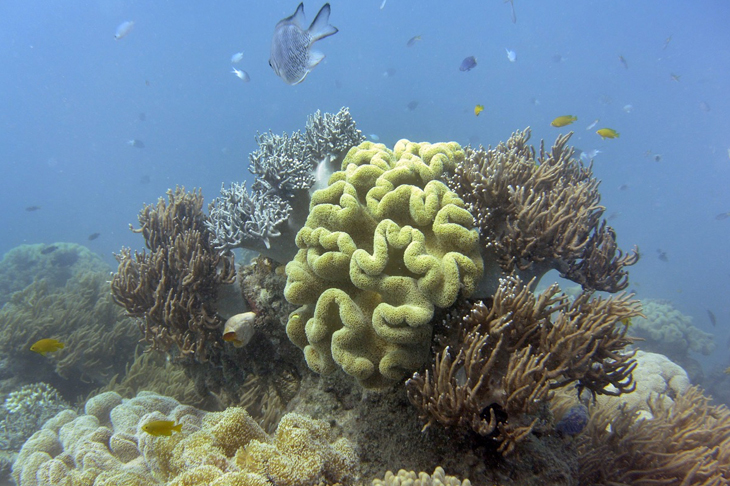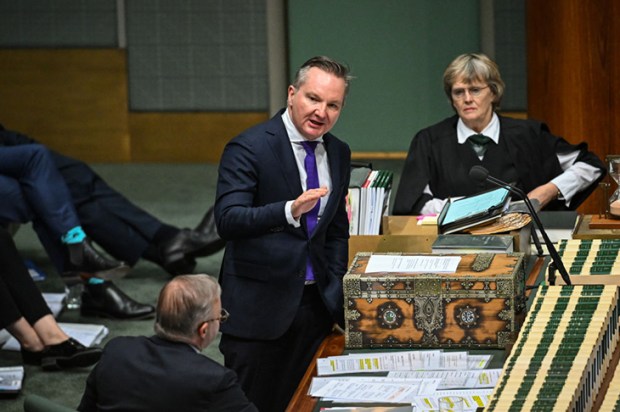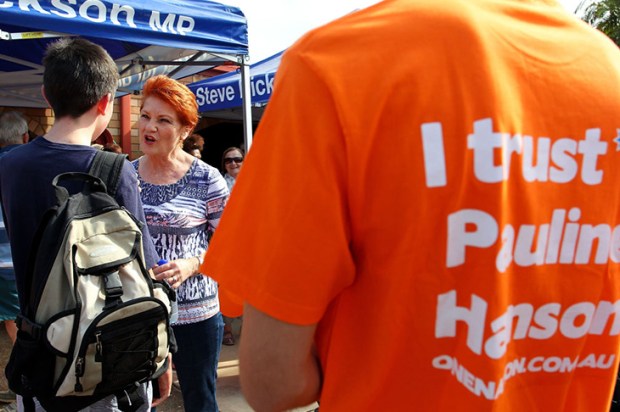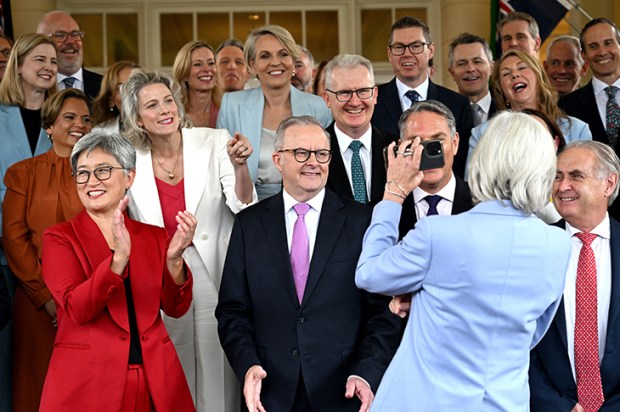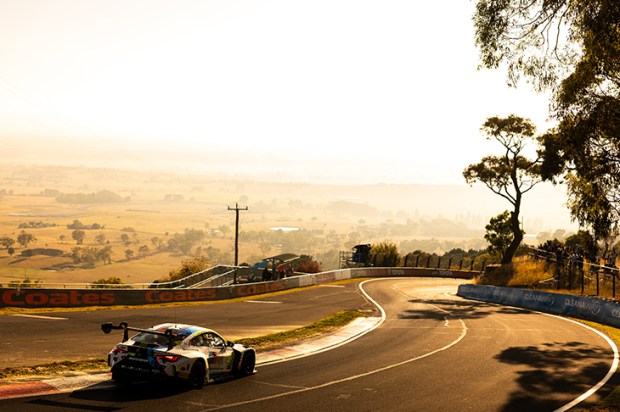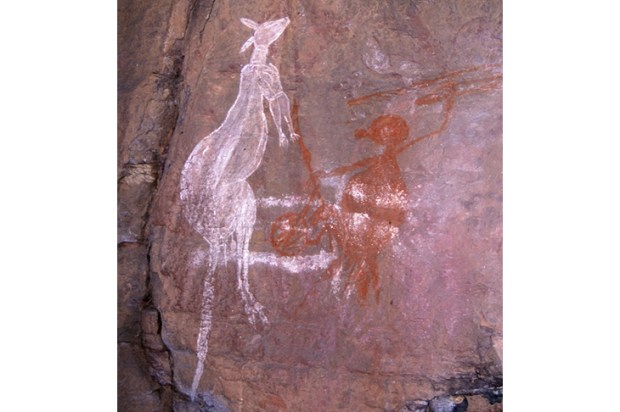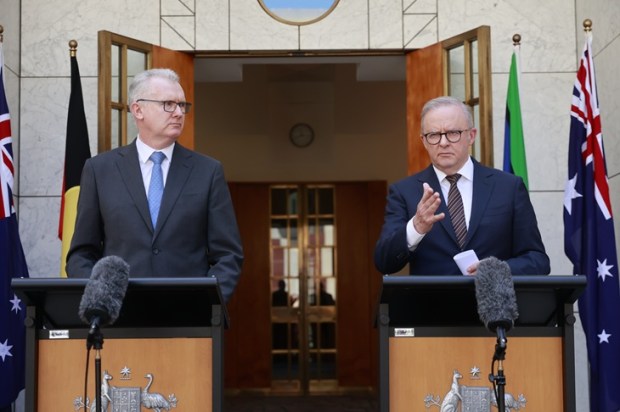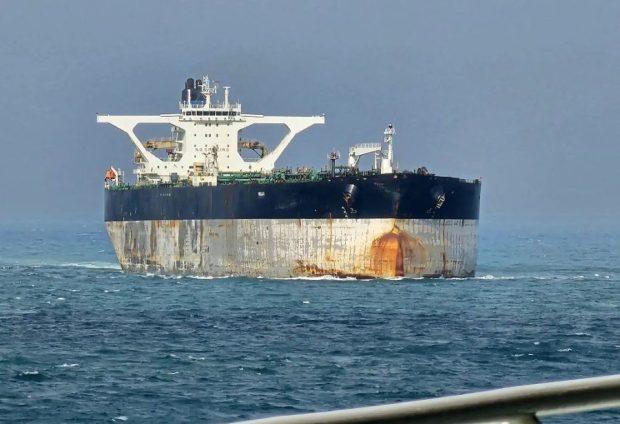Selling the dying Great Barrier Reef
With the recent A$1billion announced to save the ‘dying’ Great Barrier Reef, I wonder how many realise there has been an increase in the amount of coral dug-up and sold overseas as part of the aquarium trade – the quota is now 200 tonnes each year. This is not a lot considering the size of the entire ecosystem that is visible from outer space, but it is probably more than is going to be replanted with the A$1 billion.
When the announcement of the new funding was made, there was commentary that this is about the upcoming federal election and keeping the Cairns-based seat of Leichhardt and, also, satisfying the United Nations Educational, Scientific and Cultural Organisation monitors, who will soon be taking another look at Australia’s environmental policies. The focus has been on climate policies. There will be funding for replanting corals, ostensibly dead from bleaching – from global warming. No mention anywhere that each year more and more tonnes of coral, many of the species listed as endangered, are being excavated and exported. With the new funding for replanting, this could end up being one big hole-digging and filling in operation.
The UNESCO’s World Heritage Committee is considering a draft ruling declaring the Great Barrier Reef to be a World Heritage Site in danger. University Professor Terry Hughes, a well-known proponent of ‘The End is Nigh’, was on national radio saying that the Great Barrier Reef Marine Park Area deserved to be downgraded by the United Nations because he didn’t like our climate change policies. It had nothing to do with the state of the coral reefs, not even those being sold overseas.
Journalist Fran Kelly made the very reasonable comment that a listing should have something to do with actual impacts.
‘…if we look at it more broadly though, Terry, I mean, if climate change impacts are used as a justification for an endangered listing, then every reef must be, therefore, listed in danger because climate change is a problem [all over the world]. Every World Heritage Site that is affected in any way by climate change, must be listed as endangered. Is that the logical extension of this?’
The University Professor gave a very political reply.
‘Not really. There are 29 World Heritage Sites that have coral reefs. Four of them are in Australia. But other countries that are responsible for those World Heritage properties have much better climate policies [not necessarily better reefs] than Australia does. Australia is still refusing to sign up to a net zero target by 2050, which makes it a complete outlier. And I think this draft decision from UNESCO is pointing the finger at Australia and saying, If you’re serious about saving the Great Barrier Reef, you need to do something about your climate policies.’
Australia is a rich country with a population concentrated in the south – a long way from the corals. Commercial fishing is heavily regulated. Tourism is heavily regulated. Every town has a sewage treatment plant. High-tech agriculture is the other side of heavily mangroved-river catchments. Temperatures are monitored at eighty sites within the Great Barrier Reef by the Australian Institute of Marine Sciences, and individual records do not show a long-term warming trend. There are no studies showing either a deterioration in coral cover or water quality.
Back in 1998, soon after the World Wildlife Fund Inc. launched its campaign focussed on the impacts of fishing and agriculture on the Great Barrier Reef, WWF revenue from the federal government increased seven-fold from less than $500,000 to more than $3.5 million in just four years.
In April 2018, then Prime Minister Malcom Turnbull approved a $443 million grant to the tiny Great Barrier Reef Foundation with $86 million for ‘administration’.
Those who believe in the competence of government and the integrity of science might assume that in the process of grant distribution, scientists identify and prioritise the big remaining research questions, through some process that included rigorous checks and some quality assurance. But we know from Peter Ridd’s book Reef Heresy: Science, Research and the Great Barrier Reef that there is none – no accountability, no quality assurance, no system for prioritising.
But not even $443 million seems like a great deal of money any more, not with the recently announced $1 billion.
With some of this new money going to go to the consortium that want to replant corals there will be jobs for scuba divers, and it will be filmed by underwater videographers, marine scientists will collect data around the program and boats will be chartered. There will be money for almost everyone who wants to participate – if they are vaccinated, believe in human-caused climate change and that the Great Barrier Reef is dying.
There may even be money for the ‘coral fishery’ people – that is the euphemism for the trade in rare and endangered corals. Never mind corals are not fish! An October 2021 assessment of the Queensland Coral Fishery by the federal Department of Agriculture, Water and the Environment explains there is a quota of 200 tonne total allowable catch, split between ‘specialty coral’ (30 per cent) and ‘other coral’ (70 per cent).
Many of the corals are listed under the Convention on International Trade in Endangered Species of Wild Fauna and Flora (CITES). The assessment report does mention that there is some concern around the lack of harvest limits for CITES-listed coral species and the lack of adequate mechanisms to enforce harvest limits. It also explains that the take of corals has been increasing. But not a mention of this 200-tonne quota by Fran Kelly or Terry Hughes on Radio National. It was somewhat brazen of Professor Hughes to suggest that it is not the state of the corals but politics that should dictate how a coral reef is listed by the United Nations.
And I can’t image that his team at James Cook University will be measuring the area of coral replanted relative to the area dug up over the next few years.
Got something to add? Join the discussion and comment below.
You might disagree with half of it, but you’ll enjoy reading all of it. Try your first month for free, then just $2 a week for the remainder of your first year.

